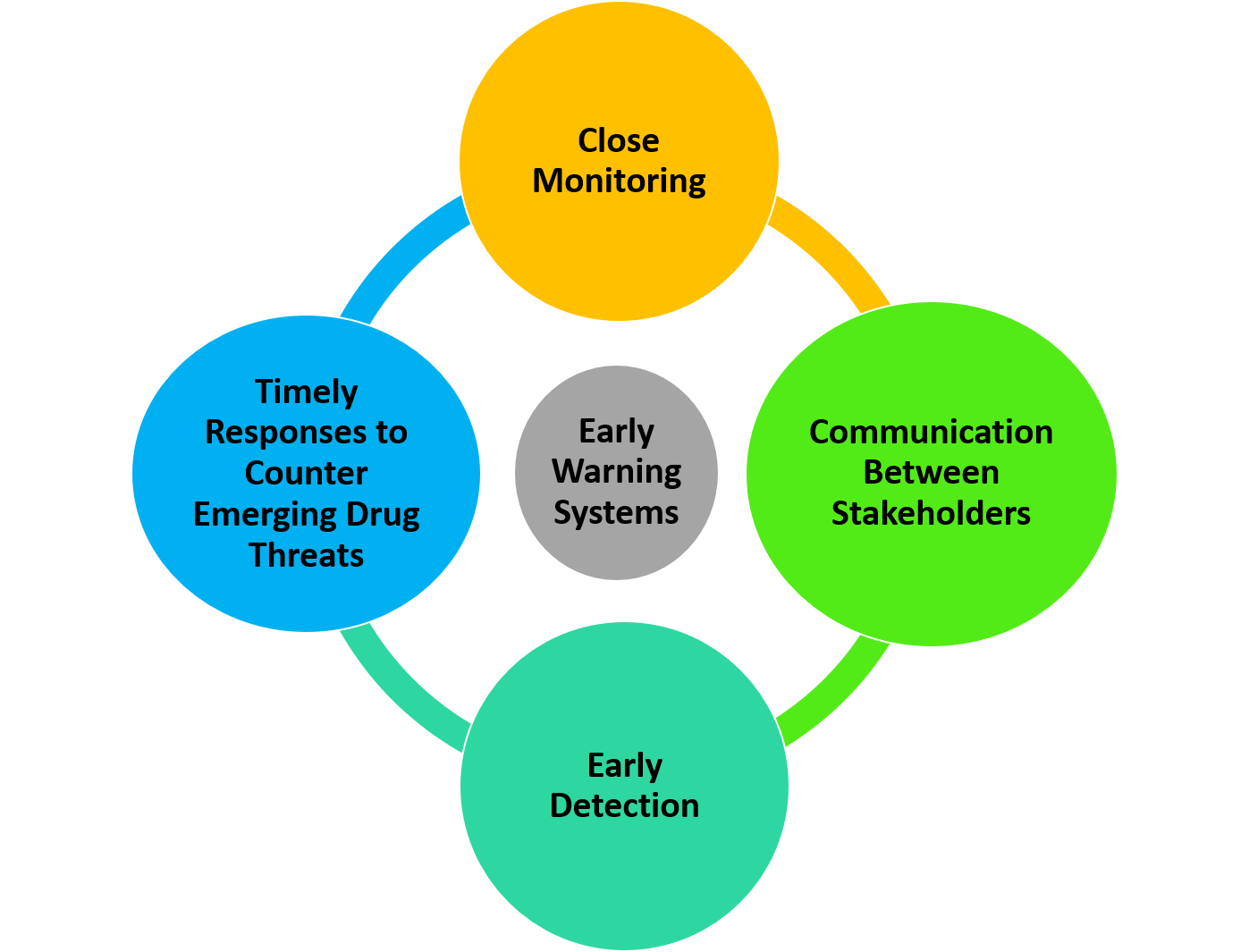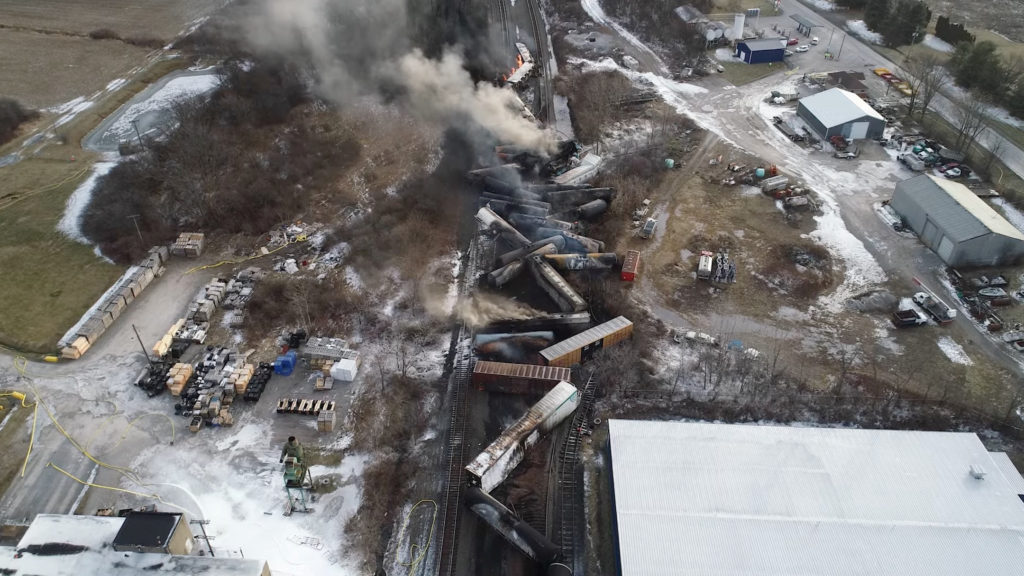Flood Alerts Explained: Types Of Alerts, Warning Systems, And Response Strategies

Table of Contents
Types of Flood Alerts and Warnings
Understanding the nuances between different types of flood alerts is crucial for effective preparedness. Knowing the difference between a watch, warning, and forecast allows you to take appropriate action at the right time.
Flash Flood Warnings
A flash flood warning signifies an extremely dangerous situation. Flash floods are characterized by a rapid and sudden rise in water levels, often with little to no warning. These events can be incredibly destructive, with floodwaters surging unexpectedly and with overwhelming force.
- Characteristics: Sudden onset, rapid water rise, little to no time for evacuation.
- Sources: National Weather Service (NWS), local emergency management agencies, and weather apps.
- Causes: Heavy or prolonged rainfall, dam or levee failures, sudden release of water from reservoirs.
Flood Watches
A flood watch means that conditions are favorable for flooding to occur. While flooding isn't imminent, the potential exists, and it's crucial to remain vigilant and prepared. This is your time to prepare. A watch is different from a warning; a watch indicates the possibility of flooding, whereas a warning means flooding is happening or is about to happen.
- Conditions: Heavy rainfall is forecast, snowmelt is occurring rapidly, or a dam is at risk of failure.
- Preparatory Actions: Monitor weather reports closely, gather emergency supplies, and secure valuable possessions. Know your evacuation route.
Flood Warnings
A flood warning signifies that flooding is already happening or is about to occur. This is the most urgent type of flood alert, demanding immediate action.
- Imminent Danger: Flooding is currently occurring or will happen very soon.
- Communication Channels: Sirens, mobile emergency alerts (like Wireless Emergency Alerts or WEA), television and radio broadcasts, and local news channels.
- Immediate Action Required: Evacuate if instructed, move to higher ground, and avoid contact with floodwaters.
River Flood Forecasts
River flood forecasts offer predictive information about potential river flooding, based on factors such as rainfall, snowmelt, and river levels. While not an immediate alert like a warning, these forecasts are invaluable for proactive planning and preparedness.
- Predictive Nature: Provide advanced notice, enabling preparation before a flood event.
- Factors Considered: Rainfall intensity and duration, snowmelt rates, river levels, and ground saturation.
- Planning Tool: Allows for proactive measures, such as moving valuable items to higher ground or implementing flood protection measures.
Flood Warning Systems and Technologies
Modern flood alerts rely on advanced technologies and robust communication systems to reach the public quickly and efficiently.
National Weather Service (NWS) Role
The NWS plays a central role in monitoring weather conditions and issuing flood alerts and warnings across the nation. They utilize sophisticated technologies to predict and track flood events.
- Advanced Technologies: Weather radar, river gauges, hydrological models, satellite imagery.
- Dissemination Methods: NOAA Weather Radio, mobile apps (like the NWS app), websites, and partnerships with local media outlets.
Local Emergency Management Agencies
Local emergency management agencies (LEMAs) work in conjunction with the NWS to provide more localized and specific flood alerts tailored to their communities.
- Localized Alerts: Provide community-specific information about flooding risks and evacuation routes.
- Community Warning Systems: Utilize sirens, community alert systems, and local media to disseminate information.
Early Warning Systems for Vulnerable Communities
High-risk communities require proactive and advanced warning systems to mitigate the impact of floods.
- Technology for Early Warning: Flood sensors, automated alert systems, real-time river level monitoring.
- Community Education: Outreach programs to educate residents about flood risks, preparedness measures, and evacuation procedures.
Effective Response Strategies During Flood Alerts
Preparing for and responding to flood alerts effectively is crucial for minimizing the impact of a flood event.
Preparing for a Flood
Proactive preparation is key to mitigating the risks associated with flooding.
- Family Emergency Plan: Establish a communication plan and designate meeting points.
- Disaster Kit: Include essentials like water, food, first-aid supplies, medications, and important documents.
- Flood Insurance: Obtain flood insurance to protect your property against financial losses.
- Property Protection: Elevate electrical outlets and appliances, reinforce doors and windows, and clear gutters and drains.
Evacuation Procedures
If an evacuation order is issued, it's crucial to obey immediately.
- Safe Evacuation Routes: Identify and familiarize yourself with designated evacuation routes.
- Assembly Points: Know the location of designated assembly points for your community.
- Evacuation Dangers: Floodwaters can be deceptively strong and dangerous, even seemingly shallow water can sweep you away.
Post-Flood Actions
After a flood event, safety and recovery are paramount.
- Safety Procedures: Avoid floodwaters, check for structural damage, be cautious of downed power lines.
- Reporting Damage: Contact local authorities to report damage and request assistance.
- Cleaning and Restoration: Safely clean and disinfect your home to prevent mold and other health hazards.
Staying Safe with Flood Alerts
Understanding different types of flood alerts, the warning systems in place, and the crucial response strategies can significantly impact your safety and well-being during a flood event. Remembering the differences between a flood watch, warning, and forecast, and understanding the role of the NWS and your local authorities in disseminating flood alerts is critical. Proactive preparation, including developing a family emergency plan, creating a disaster kit, and protecting your property, will dramatically reduce your vulnerability. Furthermore, promptly responding to evacuation orders and following post-flood safety guidelines will ensure your safety and aid in a faster recovery process.
Don't wait for a flood warning; prepare for flood alerts now! Learn more about your local flood alerts today by contacting your local emergency management agency and signing up for emergency alerts. Staying informed and prepared is the best way to protect yourself and your family from the devastating effects of floods.

Featured Posts
-
 Florentino Perez Y El Futuro Del Real Madrid
May 26, 2025
Florentino Perez Y El Futuro Del Real Madrid
May 26, 2025 -
 Lock Up Top 5 Action Episodes Your Tv Guide
May 26, 2025
Lock Up Top 5 Action Episodes Your Tv Guide
May 26, 2025 -
 Months Long Persistence Of Toxic Chemicals From Ohio Derailment
May 26, 2025
Months Long Persistence Of Toxic Chemicals From Ohio Derailment
May 26, 2025 -
 Tonton Balap Motor Moto Gp Inggris 2025 Sprint Race Secara Live Streaming
May 26, 2025
Tonton Balap Motor Moto Gp Inggris 2025 Sprint Race Secara Live Streaming
May 26, 2025 -
 Journaliste Belge Hugo De Waha Remporte La Prestigieuse Bourse Payot
May 26, 2025
Journaliste Belge Hugo De Waha Remporte La Prestigieuse Bourse Payot
May 26, 2025
